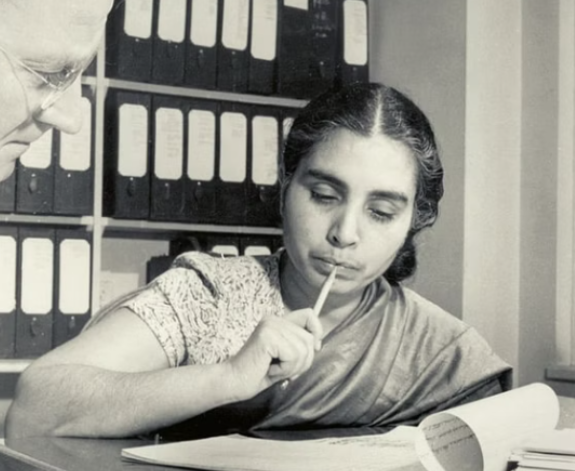
In 1938, in the quaint village of Sevagram, a young intern found herself facing an extraordinary task. Just 24 years old and armed with her MBBS degree, she was entrusted with the crucial responsibility of recording, treating, and monitoring the blood pressure of none other than the father of the nation himself, Mahatma Gandhi.
The intern was Dr. Sushila Nayar. She had just obtained her MBBS from Lady Harding Medical College. She had gone to the All-India Institute of Hygiene & Public Health in Calcutta for studying lessons in public health.
Gandhiji was returning from Kolkata to Sevagram, and his blood pressure was known to frequently exceed safe limits. Dr. B. C. Roy, Gandhiji’s physician, recognized Dr. Sushila Nayar as the perfect candidate for the task. Without hesitation, she took a month’s leave from her studies to accompany Gandhiji and provide him with care in Sevagram.
She was tasked with managing Gandhi’s blood pressure, not in the hospital— neither Kasturba Hospital, nor MGIMS was born then—but in Sevagram ashram.
The weight of the situation was immense. Gandhiji’s blood pressure readings would often soar to astonishing heights, reaching as high as 194/130 mm Hg. And 230/110.
In those times, the only available medicine was Sarpgandha, later known as Reserpine. None of the modern pills —amlodipine, metoprolol, enalapril, telmisartan and chlorthiazide—had been developed then.
Undeterred, Dr. Sushila Nayar armed herself with nothing more than a stethoscope and a BP apparatus. The young intern faced the revered Mahatma with determination and dedication. Both the patient and the physician took those numbers in stride. She treated him without fear or anxiety, relying on the pharmacology and medicine she had learned at Lady Hardinge.
Mahatma Gandhi, known for his belief in the power of natural therapies, followed a regimen that he thought would work for him—fasting, enemas, long walks, and meditation.
He placed his trust in Dr. Nayar’s abilities, and she, in turn, rose to the challenge, steadily managing to bring his blood pressure under control.
One cannot help but wonder if a person of such stature would entrust a young, freshly graduated MBBS doctor with the task of treating their blood pressure in today’s world.
Likewise, would the young intern possess the confidence to accept such a monumental responsibility?